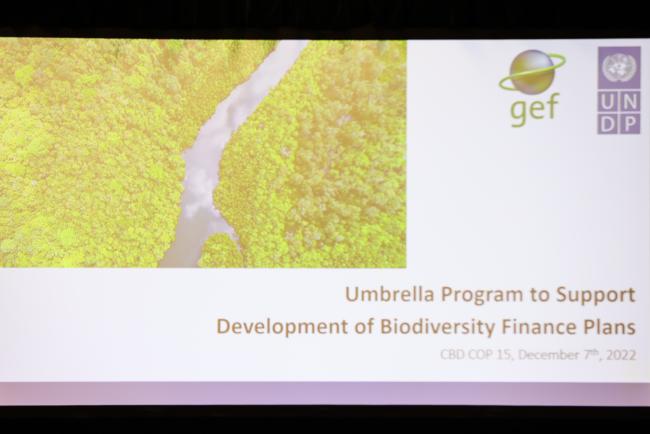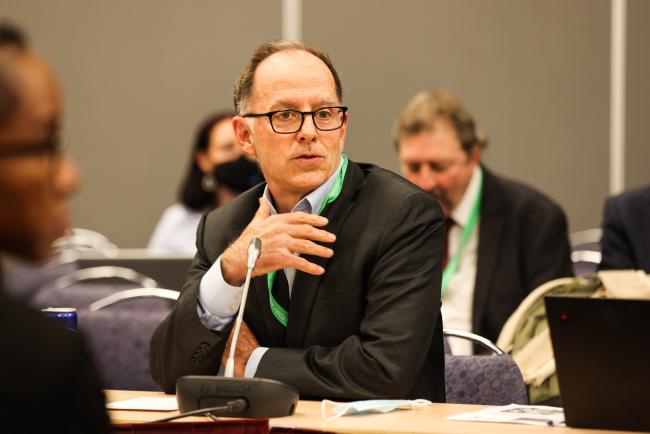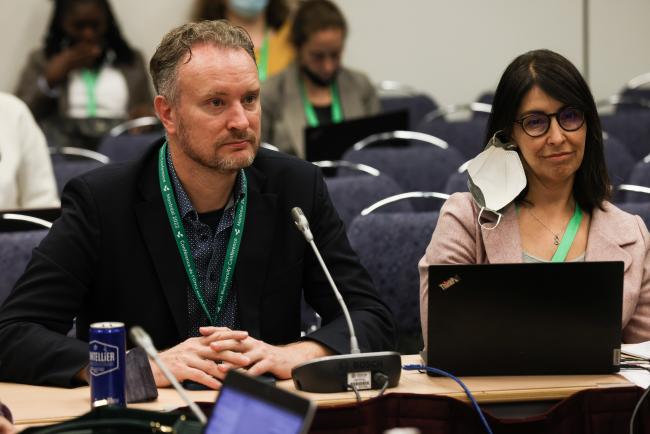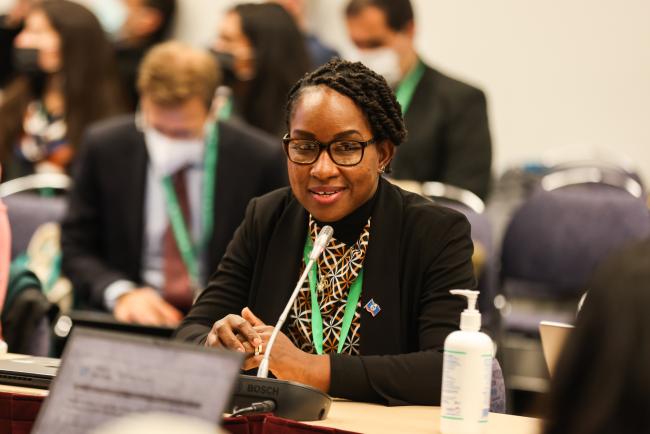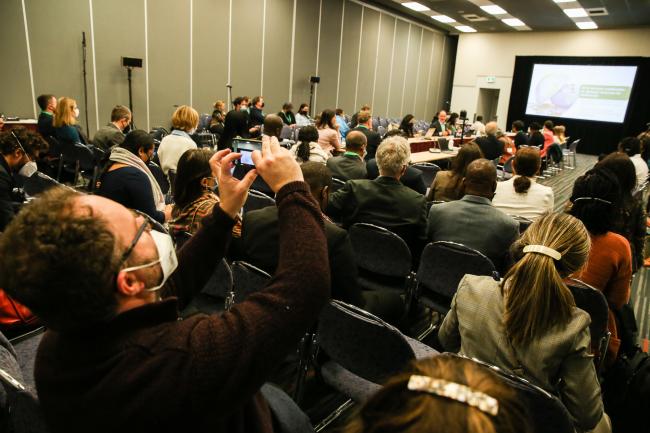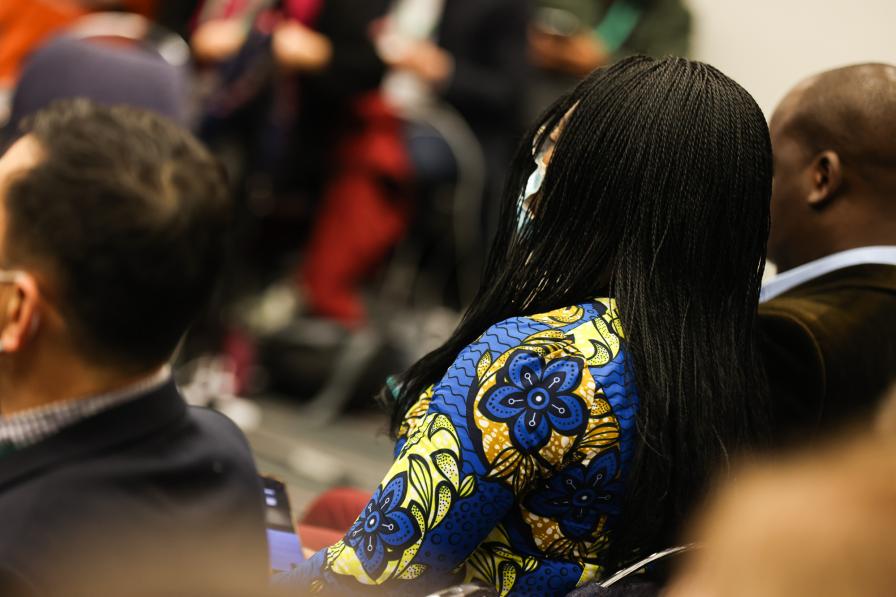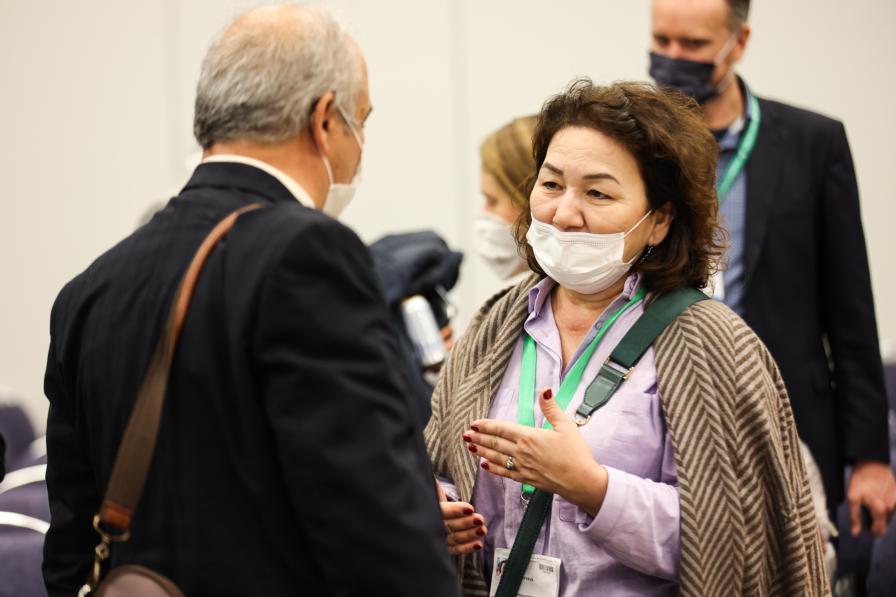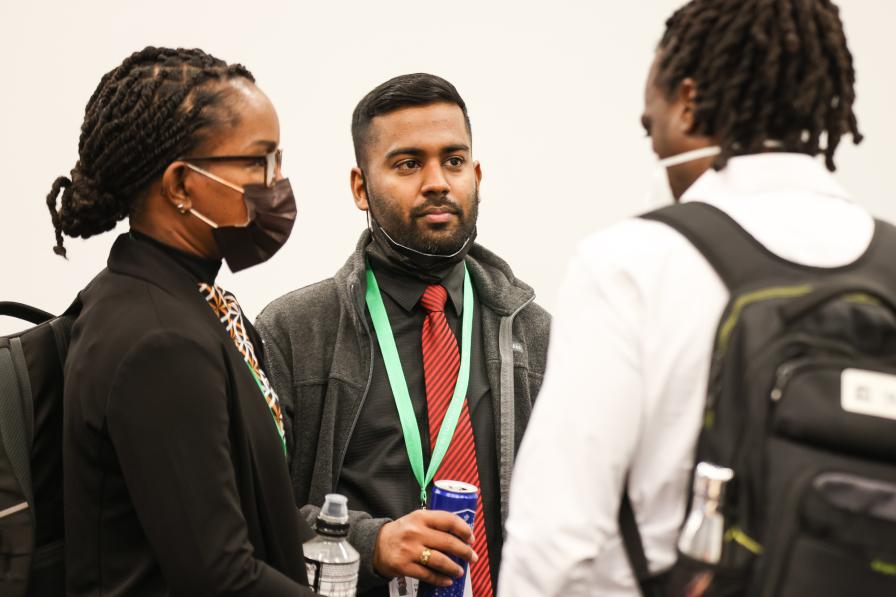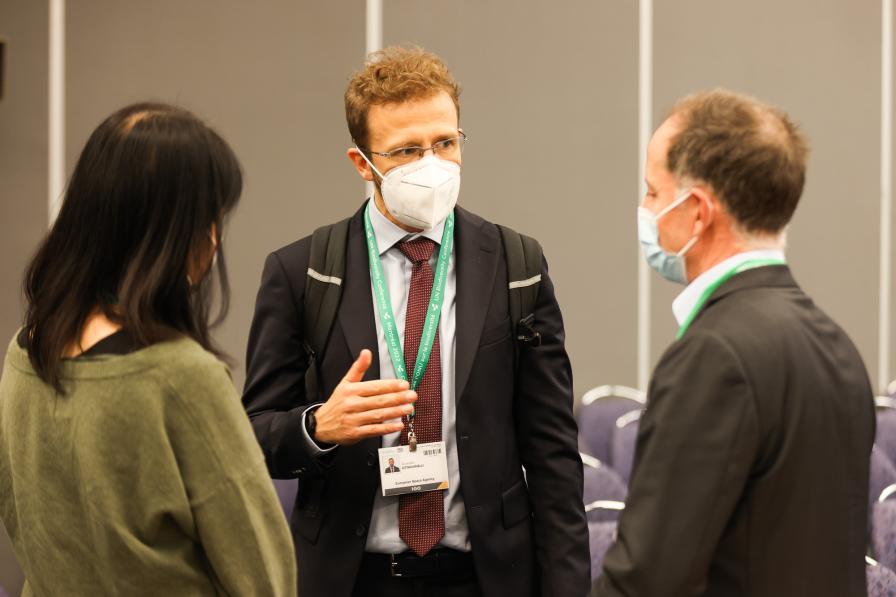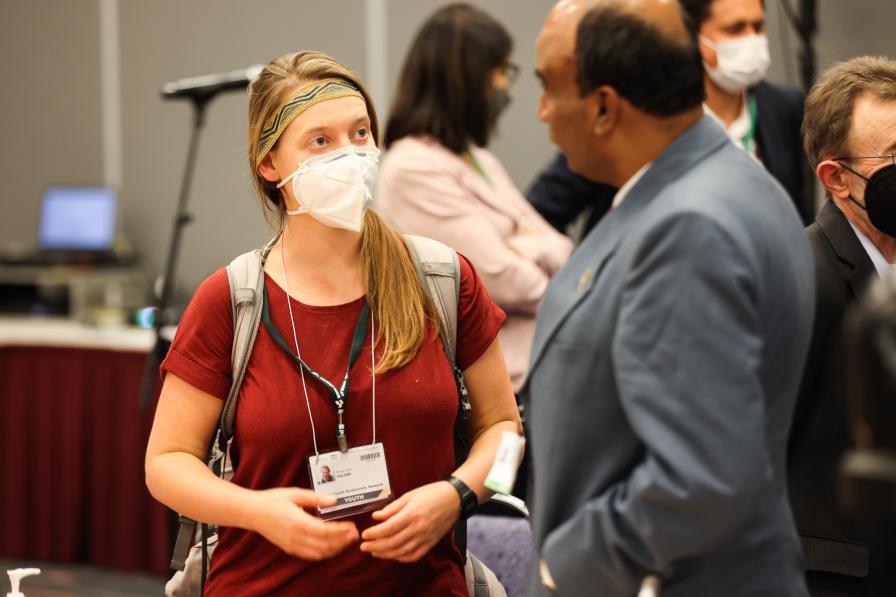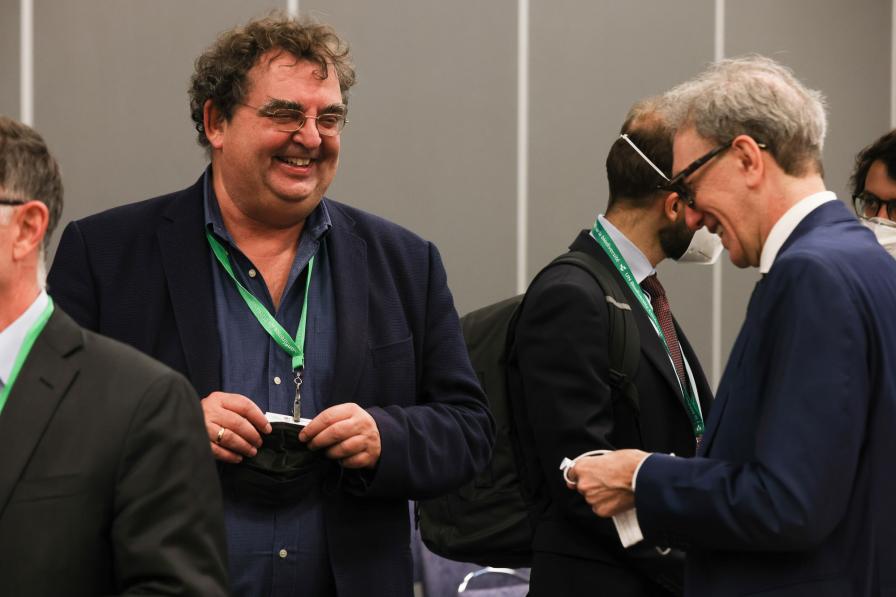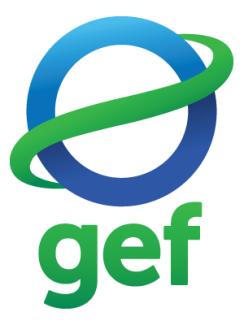Summary
Organizers stressed that the most important objective of the event was to raise awareness about GEF's global programme to finance the development of biodiversity finance plans in GEF-eligible countries.
GEF Support to the Development and Implementation of Biodiversity Finance Plans
The Global Environment Facility (GEF) supports countries in the development and implementation of biodiversity finance plans. The side event provided country case studies using, among others, the BIOFIN methodology (the Biodiversity Finance Initiative).
Opening the event, Mark Zimsky, GEF, stressed that the most important objective of the event was to raise awareness about GEF's global programme to finance the development of biodiversity finance plans in GEF-eligible countries.
Midori Paxton, UN Development Programme (UNDP), introduced the Umbrella Program to Support Development of Biodiversity Finance Plans. She said the GEF-8 Umbrella Programme will establish transformative processes in countries through robust biodiversity finance from the GEF. She said the plan includes, inter alia: national biodiversity finance policy and institutional reviews; national biodiversity expenditure reviews conducted by all relevant sectors; needs assessment for implementing National Biodiversity Strategies and Action Plans (NBSAPs); development of national biodiversity finance plans; and establishment of a global knowledge and technical assistance platform to share knowledge and experiences.
Participants then engaged in a roundtable discussion, moderated by Onno van den Heuvel, UNDP, with four countries sharing their experiences of developing national biodiversity finance plans as well as how BIOFIN has impacted biodiversity plans in each country.
Hannah St. Luce Martinez, Ministry of Fisheries, Forestry, the Environment and Sustainable Development, Belize, noted that BIOFIN in her country began in 2016 and financed an institutional review on policies that favor or hinder biodiversity management and targets at the national scale. She stated that financing also went into a biodiversity expenditure review of investments in biodiversity conservation as well as a financial needs assessment in carrying out Belize’s NBSAP. She underscored that achieving Belize’s NBSAP would be equivalent to achieving 51% of the global Aichi Biodiversity Targets, requiring approximately USD 70 million, or USD 5 million annually, to achieve priority targets to fully implement its NBSAP. In terms of NBSAP finance solutions, she identified, inter alia: the development of a biodiversity expenditure tracking tool; strengthening environmental funds, including through taxes for cruise ships docking in national waters; crowdfunding, building on the world’s largest debt for nature swap; reducing almost 12% of the country’s sovereign debt; and establishing carbon markets, given that 60% of national territory is now under protected areas.
Teona Karchava, Ministry of Environmental Protection, Georgia, presented on her country’s experience in designing and implementing its NBSAP. She said no financing for implementation existed until BIOFIN provided the opportunity to assess expenditures and needs, after which a biodiversity finance plan was developed with participation of all relevant stakeholders. She noted state funding was twice or thrice higher than donor contributions, and listed lessons learned, including to: pursue small activities so staff changes are not too disruptive; mainstream biodiversity to avoid future negative impacts and costs; involve all possible stakeholders in developing BIOFIN plans; fit financial solutions into other national processes; build capacity building into resource mobilization; integrate financing plans into NBSAPs; and involve national parliament.
Laura Camila Bermudez Wilches, Ministry of Environment and Sustainable Development, Colombia, noted that BIOFIN financing began in her country in 2015. She stressed that a total of USD 4.5 million would be needed to fully implement Colombia’s NBSAP to 2030, with a funding gap of USD 1.4 million from the current projected scenario of USD 3.1 million. On the finance strategy from 2020 to 2030, Wilches identified, inter alia: the role of conservation agreements with payments for ecosystem services (PES); unlocking funds from authorized environmental offsets from the loss of the biotic component derived from the production processes of the private sector; and nature-related financial disclosures to progressively reduce effects derived from investment decisions. On recommendations, she called for: maintaining and increasing sources of public, private, and international cooperation to close the biodiversity financing gap; increasing debt quotas or debt-for-nature swaps; and innovation in the generation of public-private alliances for biodiversity finance.
Justin Mohan, National Biodiversity Authority, said India’s BIOFIN Plan considered how to mainstream various biodiversity activities. He noted the identification of a funding gap of USD 6.5 million and identified four potential quantified financing sources, including: mainstreaming biodiversity in public finance and the agricultural sector; augmenting corporate social responsibility; funds for biodiversity; developing certificates of compliance for businesses to show they are Access and Benefit-sharing (ABS) compliant; and using technology to assist biodiversity conservation, such as for reducing fertilizer use. He noted that, in such cases, yield actually increased by 10%.
In closing, Zimsky thanked UNDP colleagues and the presenters of the “four amazing case studies,” encouraging further informal engagement with them by anyone interested in joining the GEF global programme.
Organizers: GEF, UNDP
Contact: Mariana Bellot | UNDP | mariana.bellot@undp.org
For more information: https://www.cbd.int/side-events/4953
All ENB photos are free to use with attribution. For this event, please use: Photo by IISD/ENB | Natalia Mroz
To receive free coverage of global environmental events delivered to your inbox, subscribe to the ENB Update newsletter.

